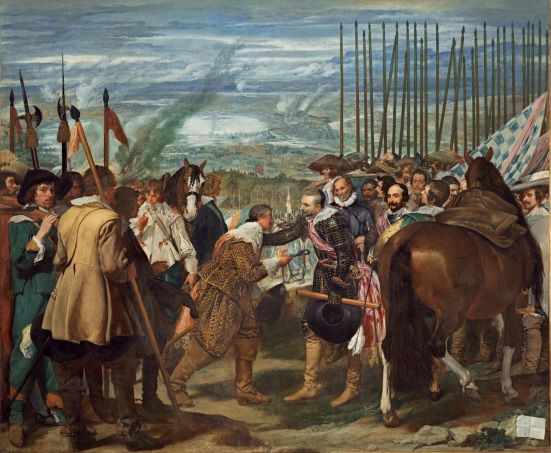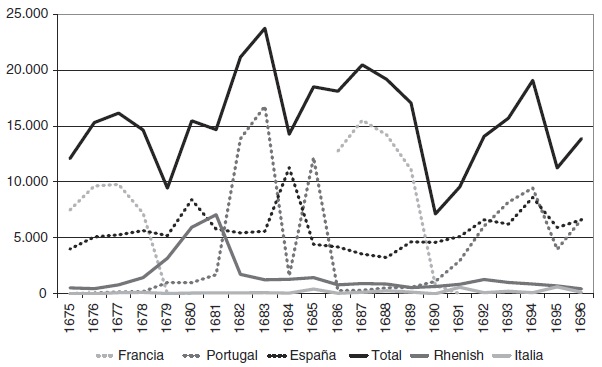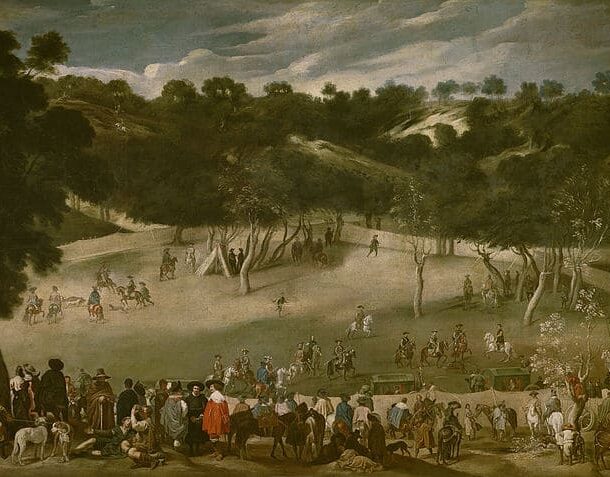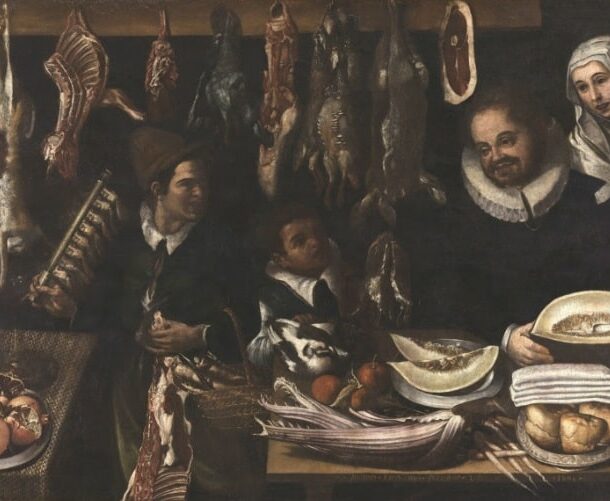
The table shows, through the genre of still lifes and still lifes, European tradition with a local Mexican flavour. Scattered around the table are pulque, avocados, tortillas, chiles en nogada, meat in sauce, chicken in mole and hot chocolate. Agustín Arrieta was the greatest representative of Puebla’s kitchens in terms of table settings and cupboards. Far from the mystical meanings and on the fringes of artistic symbolism, we can understand the consumption habits of the new middle and bourgeois classes of post-independence Mexico, as well as the sensory experience of the suggestive world of colours, smells, flavours and form of Puebla’s gastronomy.
Collection: Images
Project: 4. Family, daily life and social inequality in Europe.
Chronology: XVIII
Scope: Secondary Education, Baccalaureate
Link: https://artsandculture.google.com/asset/puebla-kitchen/ugGbORuprL4ipA
Resource type: Image
Format: Oil on canvas
Source: Museo Nacional de Arte (Méjico)
Language: Spanish/English
Date: Segunda mitad siglo XVII
Owner: Álvaro Romero González (Modernalia)
Copyright: Museo Nacional de Arte (Méjico)
Abstract: Representation of Hispanic culinary costumbrismo through visions of Mesoamerican cuisine
Image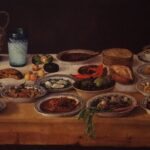
Tags


